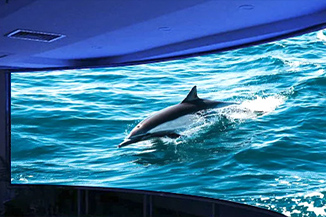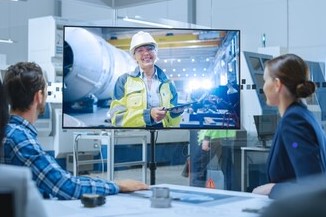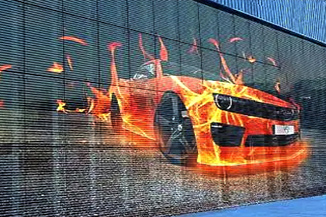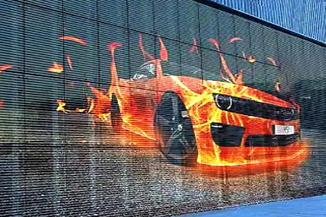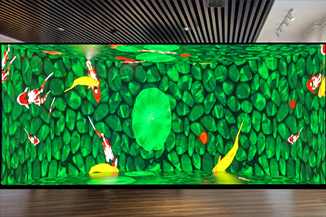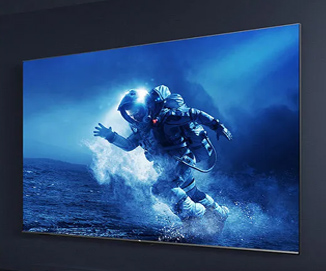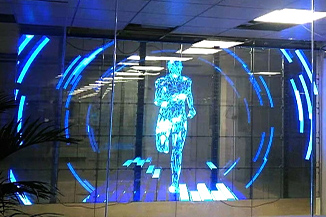Publisher: Supplier of LED Display Time: 2022-07-19 16:54 Views: 1386
What exactly is the metaverse?
For some, the metaverse is simply installing some kind of AR/VR/XR device and using this technology to enhance or change the world around it. A hybrid space where the real world and the digital space collide and coexist. But personally, I don't think this contains the true definition of the metaverse. For those who use VR technology every day, the metaverse is still far away.
The real metaverse is closer to the simulation of "ReadyPlayerOne", where participants are almost in a fully immersive world with all senses activated, very similar to "The Matrix". When thinking about it in this context, we are a long way from being able to enter the metaverse. However, the commercialization of the Metaverse is more about NFTs, IoT, AI, and holographic avatars for use with VR/AR technology.
Commercial Applications of the Metaverse
Over the past 6 years, we have all witnessed the maturation of this field, especially when it comes to virtual reality technology. We've seen some brands move from proof-of-concept to full-scale platforms, which are modular suites for immersive training, and many times use VR technology to create digital twins of real-world processes. We are seeing more and more brands adopting some kind of innovation budget to advance the next iteration of the internet, web 3.0.
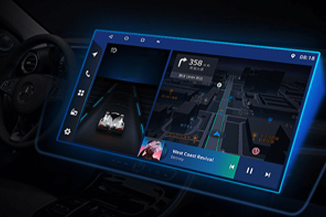
Over the next decade, we will see rapid technological advancements and brands will look to innovate further. This means that brands can engage with global audiences through Metaverse technology regardless of geography. It also means a virtual ecosystem where businesses can seamlessly regulate transactions using digital wallets and cryptocurrencies, or the upcoming central bank digital currency (when it is implemented globally). In the end, this will have a profound impact, as brands can use 3D technology to highlight their products and services in a unique way that was not possible before.
Digital twins and virtual reality
At VRVision, its expertise is the development of comprehensive digital training simulations using virtual reality technology. This usually involves taking photos and videos of the real training process on-site, which are then turned into a 3D virtual world or digital twin. In 5 years, it has moved from wired headsets and base stations for tracking users to fully immersive wireless "standalone" devices. Therefore, with rapid growth and expansion, it is difficult to predict what levels will be reached in the next 5 years.
In particular, by creating digital twins of dangerous or difficult-to-access job roles, businesses can take advantage of a myriad of benefits:
1. Eliminate risk: Recreating the digital environment to generate a digital twin enables zero harm or risk of injury during training. This also allows us to simulate hazardous or hazardous environments.
2. Standardized/Complementary Training: Learning outcomes can be optimized through comprehensive knowledge transfer to train more people digitally, faster.
3. Increase knowledge retention: Training can be replayed as many times as needed in an immersive environment without additional cost. Allows for faster learning through the ability to contact and record training for post-learning assessment.
4. Reduced costs/improved ROI: With the help of digital twins, administrative expenses, travel expenses, environmental footprints, insurance premiums can be reduced, and overall space requirements can be saved by enabling learners to study anywhere.
The information is excerpted from the Internet, if there is any infringement, please contact us

